Notes
Why All the Syrian Execution Imagery in the Major Media Lately? (GRAPHIC)
The NYT. Paris Match. Now, Time. In the past week or so, unusually savage imagery from Syria has appeared in the traditional news media, each organization going out of its way to stress the acts and degree of violence as suddenly vital and newsworthy. If its a trend, which is too soon to say, perhaps it’s a positive thing. Perhaps it’s a recognition, on the part of Western media, about how highly selective it has been about how much to display and how much to sanitize.
It’s a lot more instructive, however, to consider patterns like this on a case-by-case basis. Is it curious, for example, why the military would censor every and any image of a wounded US soldier, the media colluding with the blackout, while at the same time, after a supposed terrorist attack on an American marathon race, domestic media would be scrambling to outdo each another to disseminate the most bloody images of mangle limbs? And then, would there be any reason why the images of the public massacre of pro-Morsi demonstrators by the Egyptian police a couple weeks back would earn only cursory display while the media seems so eager, these Syrian photos in hand, to open an artery?
Specifically, one has to ask how the emergence of these images just in the past week coincide with the political debate – especially the domestic resistance to Obama’s proposal for military intervention in Syria. As part of that inquiry, one must consider the political sway of the images themselves. Most notably and unusually, the pictures fail to isolate the heinous actions of one side faction over the other. (The article at TIME is speculative about the identity and allegiance of the perpetrators.)
You know how common it is to make up an excuse to get yourself out of something, right?
If I had to explain it, I would say that these images represent the inclination, on the part of the West, to paint every faction in Syria with a broad bloody brush. How better to extricate ourselves, and somehow undo that stumble over the red line, by casting a pox on all of their houses. In the evoking (and ratcheting up) of the visual horror, what we’re seeing is less an anomaly or even a new locus in media disclosure than one of the oldest Western tactics in the book — the evocation of “the other.” ‘Certainly Mr. President, how logical can it be to intervene if they’re all just barbarians (or, hopelessly infiltrated by them).’ Simply, the sight of blood so heinously dripping from the hands (and throats) of people we were this close to helping allows us to suddenly wash ours.
Articles:
MONTRER L’INSOUTENABLE (Paris Match)
Witness to a Syrian Execution: “I Saw a Scene of Utter Cruelty” – story and slideshow ( TIME)
(UPDATE 12 pm PST: The post previously suggested that the Paris Match photo shows a pro-Assad group. Reviewing the Google translation, it appears they are rebels. As a result, one sentence was removed from the post. …It might also be that the same freelancer was the source of the Paris Match and the TIME photos, though the setting, dress and other details are clearly different. The larger point, however, has to do with the sudden impetus for these major news outlets to publish such graphic execution imagery and what this savage framing of the situation in Syria suggests from a political and a media standpoint.)
(slide 1: TIME Lightbox graphic warning screen. photo 1: SIPA. photo 2: Agence LeJournal/SIPA via TIME. caption 2: A young Syrian man is executed by ant-regime rebels in the town of Keferghan, near Aleppo, on August 31, 2013 photo 3: Unidentified. Screen shot from video obtained by The New York Times.)
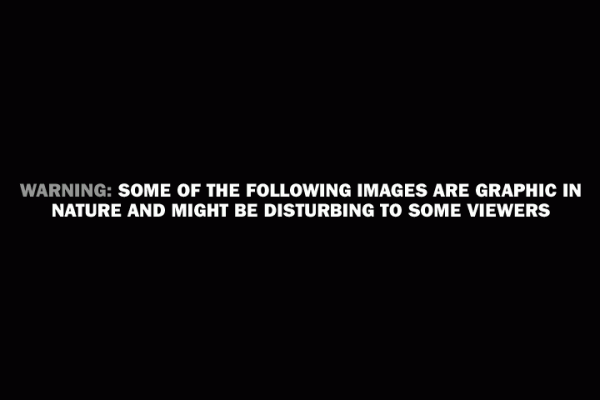
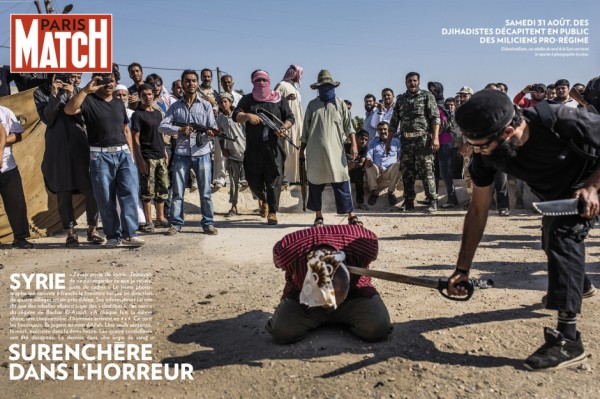
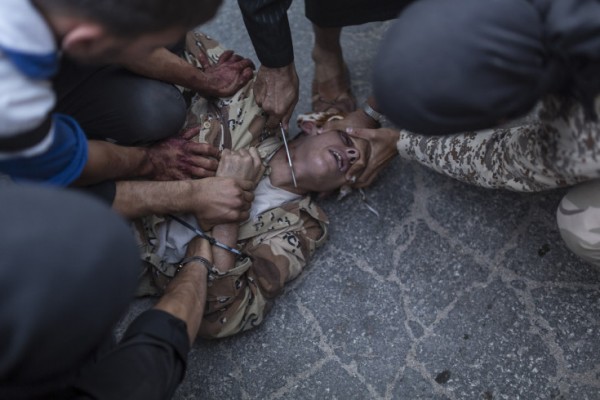
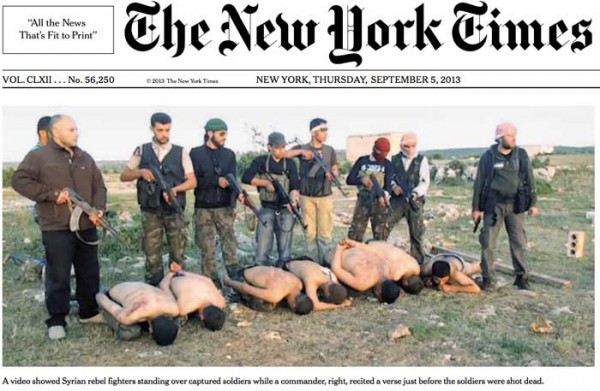
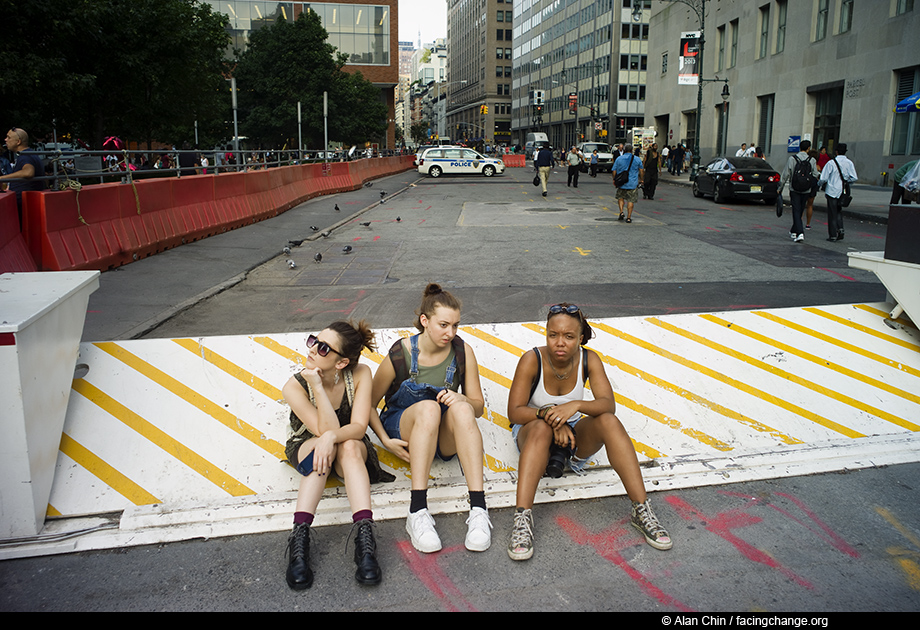
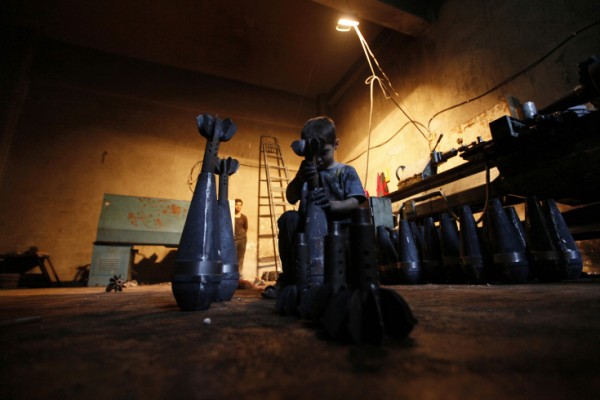
Reactions
Comments Powered by Disqus